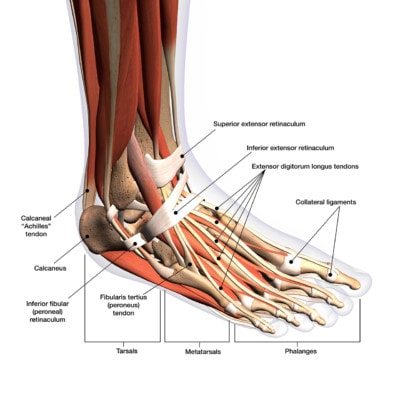Interdigital Wasting in Seattle Fixed with Platelet Lysate
We all seem to take our feet for granted. I know I do. However, this is where our body meets the ground, and, consequently, they’re pretty important. Since you likely don’t notice your feet, you may be surprised to learn that there are muscles that live there. As we age, some of us will lose those muscles to a condition called “interdigital wasting.” What is this and why should you care? What can be done about it?
Foot Muscles
There are muscles in your feet between the foot bones that eventually make up your toes. Check out the images below, which show various muscles. In fact, your foot is a mix of equal parts bone and muscle with a healthy heaping of fascia thrown in!

Hank Grebe/Shutterstock
What Do the Foot Muscles Do?
Since your foot is in large part made up of muscles, these help to cushion the blow as your foot hits the ground. They also control how the foot bones move. Finally, they help with things like pushing off with your toe and, along with the fascia (the duct tape that connects the bones), with the spring in your step.
Interdigital Wasting
There are nerves that supply the muscles in your feet. These nerves originate in your back and then travel down the thigh and leg, through the ankle, and into the foot. If the nerve is irritated at any point along the way, it can cause the muscles in your foot to get smaller (waste or atrophy). The muscles that you can easily see live between the bones of the foot and are called interdigital. Hence, interdigital wasting means that these muscles get smaller, usually due to nerve problems. The foot just looks hallowed out, like the image on the far left above. This, of course, means that your foot becomes a less efficient shock absorber.
Dr. Attaman’s Seattle Patient
Jason Attaman is an advanced interventional spine provider who is also trained extensively in interventional orthopedics and joined the Regenexx network. We were very proud to add him to our network as Jason is one of the best interventional physicians in the U.S. He sent me the above before and after images of a patient who had interdigital wasting. From here, I’ll let him tell the story of this patient:
“The patient is a 58-year-old woman who originally came to me with left knee pain. In 2015, she saw a surgeon for foot pain and he performed a Morton’s neuroma excision of her RIGHT foot (took out part of a swollen nerve). The surgeon also injected Morton’s neuromas in her left left foot with little response. I treated her knee MCL with PRP which was 100% better and then she asked me to evaluate her left Morton’s neuroma. She did not want to have surgery on her left foot after her right foot surgery experience. I initially performed a steroid injection at her request and this only gave two months of relief. Regrettably, the steroid shot seems to have caused more wasting between the foot bones (as shown above) In May I injected a Regenexx 4th generation platelet lysate near the nerves between her foot bones via ultrasound guidance. In June she came back and the atrophy in her foot interdigital space appears to have improved and the burning in the dorsum of her foot was 50% improved. When she returned at the end of the year, there was complete resolution of the atrophy as shown on the right above. She also noted that pain in dorsum of the foot was 100% gone. While we have more work to do on the foot, the results so far have been impressive!”
Here are Dr. Attaman’s web links: jasonattaman.com and orthoregenerative.com.
What Is Platelet Lysate?
Your blood platelets have growth factors (GFs). Growth factors are natural substances that act like espresso shots for cells that repair tissues. These growth factors can be taken out of the platelets to create a repair serum. We have continued to refine this process through the years to further increase these GF levels.
The upshot? This is a great story of how the effects of high-dose steroids differ so dramatically from regenerative therapies, like platelet lysate. In our almost 13-year experience with platelet lysate, we’ve seen that it works exceptionally well around nerves. When you fix the nerves that tell muscles what to do, the muscles can contract well again and get bigger, which would explain what we see above. Great work, Dr. Attaman!

NOTE: This blog post provides general information to help the reader better understand regenerative medicine, musculoskeletal health, and related subjects. All content provided in this blog, website, or any linked materials, including text, graphics, images, patient profiles, outcomes, and information, are not intended and should not be considered or used as a substitute for medical advice, diagnosis, or treatment. Please always consult with a professional and certified healthcare provider to discuss if a treatment is right for you.
